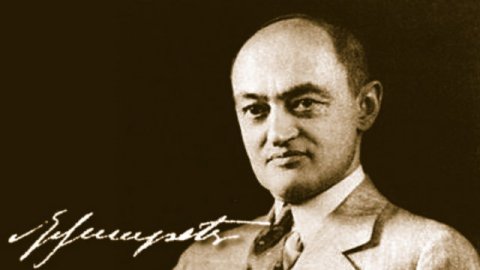Creative Destruction

Creative Destruction. When you first hear this term, it seems somewhat counterintuitive or oxymoronic. On a second go round; you might wonder why we need to create destruction or why that destruction needs to be creative.
Joseph Schumpeter (1883-1950) first coined creative destruction in his work, Capitalism, Socialism, and Democracy. It refers to the process in which technology and innovation create new ways of doing things and, in the process, leave the old ways behind. Technological innovation might destroy entire businesses, industries, or streams of employment while allowing new enterprises to grow in their wake. Schumpeter believed the process of creative destruction, “which essentially revolutionizes the economic structure from within” was the hallmark of capitalism. Marx originally hinted at this idea in Das Capital when he stated that, “the violent destruction of capital was not by relations external to it, but rather as a condition of self preservation.” In a nutshell, Marx believed that the “destruction of capital” was necessary for a blossoming capitalist system.
Schumpeter also believed that entrepreneurs set this process of creative destruction in motion. Entrepreneurs were the disruptive economic force that maintained and fed economic growth. As these entrepreneurs create more advanced technology or more sophisticated organizational structures, they increase the efficiency of production. This rising productivity reduces per unit costs and increases profits for the individual entrepreneurs but also increases output, and promotes growth for the economy as whole. For Schumpeter, destroying the old ways of doing things was a necessary pre-condition for growth and continued profitability.
In Schumpeter’s famous example of creative destruction, he discusses railroads, and specifically the Illinois Central Railroad. As the railroads expanded, so did manufacturing of trains, of products that could be transported on the railways, and of the infrastructure around the railroads themselves. Towns began to pop up all along the railroads. However, this expansion of the railroads, led to the destruction of certain types of farming and agricultural systems in the Midwest. As new and more efficient means of transportation were created, an entire way of life was destroyed. Farmers moved from subsistence farming, growing crops that they needed, to more commercial farming, growing crops for the market that could be transported by rail.
What does creative destruction look like today?





